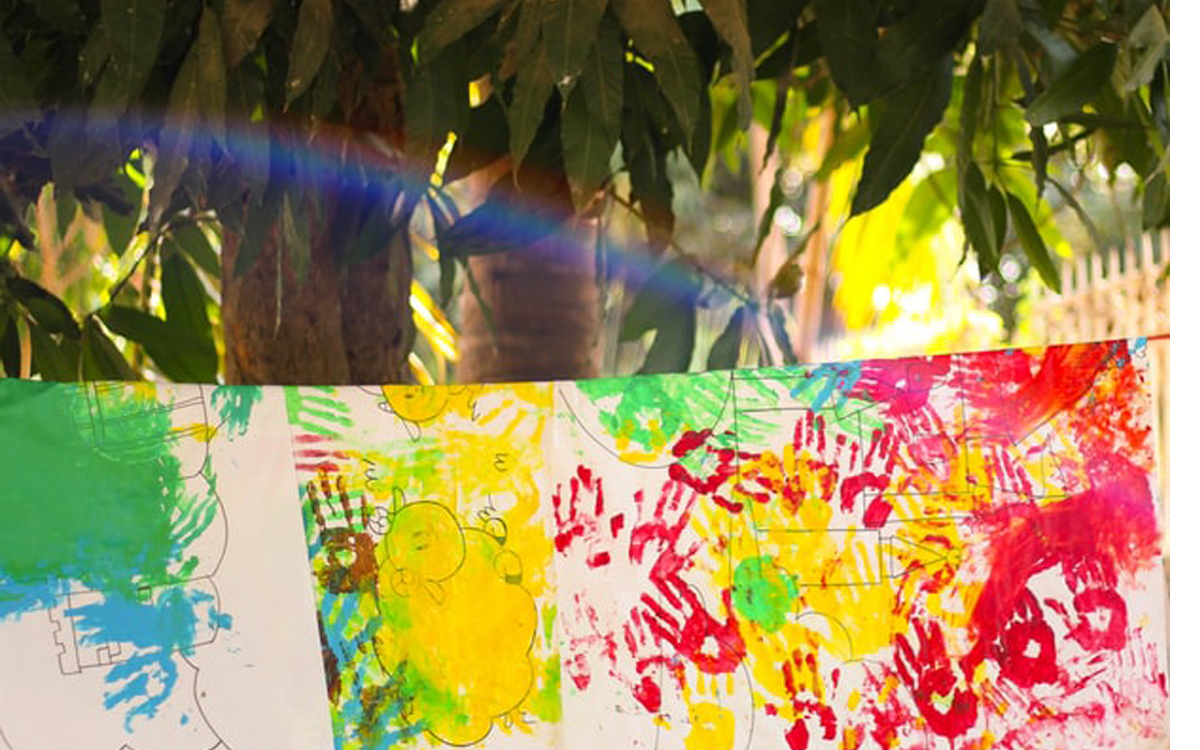What is Art Therapy?
Art Therapy is a creative process that uses drawing, painting, collage, coloring, or sculpting to help people with their mental statuses (Art Therapy). Additionally, these artistic mediums help individuals express themselves. With the guidance of an Art Therapist, clients may uncover the hidden meanings and undertones behind their creative work (Art Therapy Art can also be utilized to help people through creativity.
Who is it used for?
Art Therapy can be used for children, adolescents, addicts, adults with developmental disabilities, and the geriatric population. Overall, Art Therapy can be useful to anyone struggling. Art Therapy can help individuals improve their self-esteem, reduce addiction, and reduce mental statuses such as depression and anxiety (Art Therapy). Art therapists work with individuals, couples, and groups in a variety of settings, including private counseling, hospitals, wellness centers, correctional institutions, senior centers, and other community organizations (Art Therapy). No artistic talent is necessary to partake in Art Therapy.
History
Individuals have been relying on a creative process to communicate, express and to heal for thousands of years. Nevertheless, Art Therapy was not founded until the 1940s (Cherry, 2011). Doctors realized that patients were using an artistic medium to heal themselves. The two founding fathers of Art Therapy were Margaret Naumburg and Edith Kramer (The History of Art Therapy). Naumburg’s main belief about Art Therapy was that she could analyze the artwork of her patients. Kramer believed art was the therapeutic benefit and did not analyze the artwork (The History of Art Therapy
Would your child benefit?
Any child can benefit from virtual Art Therapy sessions. Particularly if your child lacks enjoyment and is suffering from depression or anxiety during these times of distress. Our 45-minute Art Therapy sessions will be just the amount of time your child needs in order to heal, build their self-esteem, and seek enjoyment from the process of creating.
What we do:
In our 45-minute session with your child, your child will gain self-esteem and enjoyment through art projects such as painting, drawing, and clay sculpting along with other art projects. Our program follows Kramer’s train of thought that expression is the therapeutic process rather than deciphering your child’s artwork. Your child will leave each session with a completed art project that they can show their friends and family and gain a sense of accomplishment.
References
“Art Therapy.” Psychology Today, Sussex Publishers
Cherry, Kendra. “How Does Art Therapy Work for Patients?” Verywell Mind, 11 May 2020,
“The History of Art Therapy.” RSS

